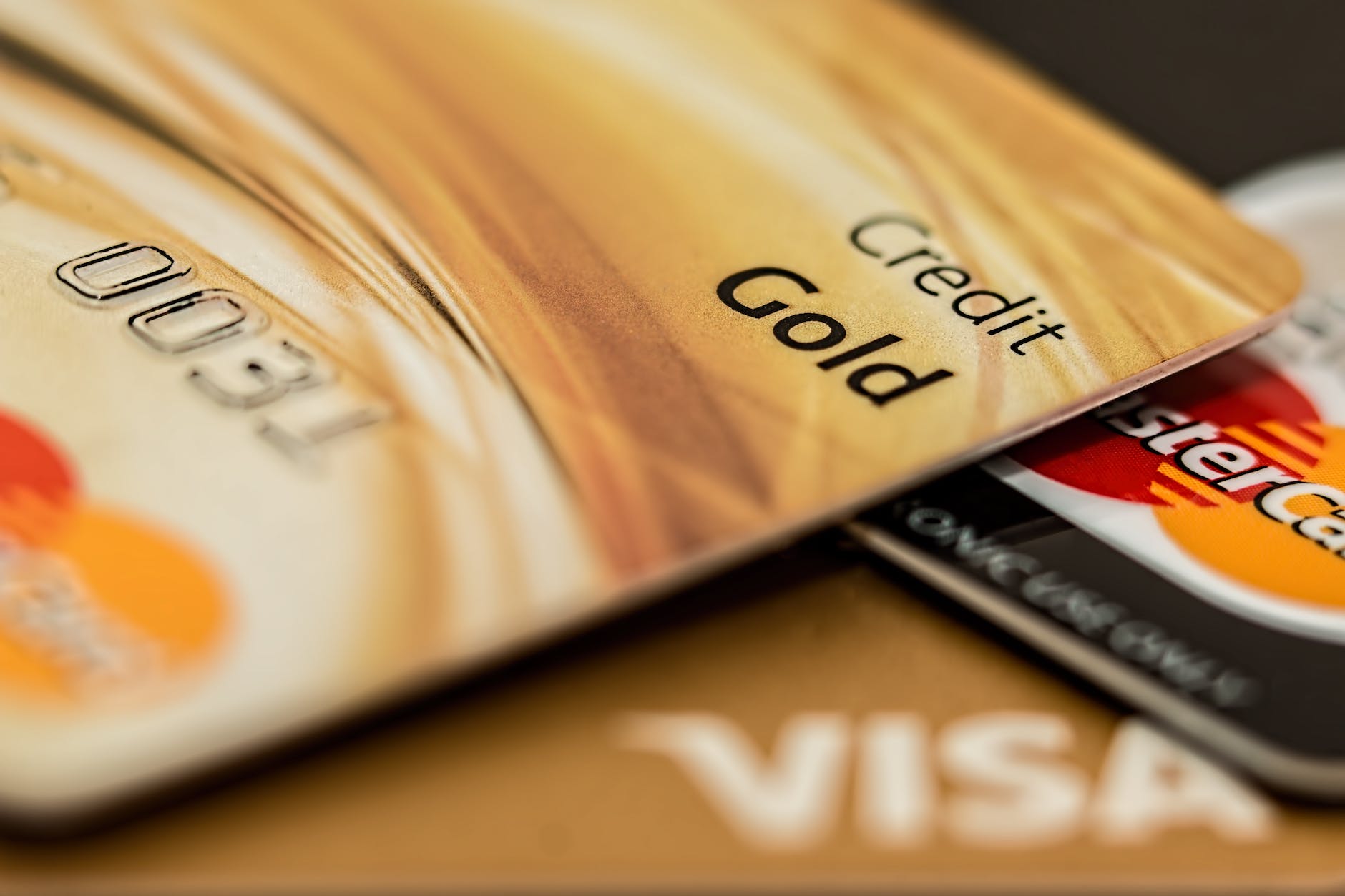Key Takeaways:
- Cashless transactions are reshaping the economy, driven by advancements in security and convenience.
- Digital payments are gaining ground, with contactless transactions becoming the norm, especially among younger generations.
- Despite resistance, the future of money is increasingly digital, promising greater security and efficiency.
In a world where spare change is becoming obsolete and cashless transactions reign supreme, the question arises: Is cash dead? According to industry insiders like Jeremy Baber, CEO of Lanistar, the future of money is undeniably digital. Let’s delve into why the shift towards cashless transactions is not just inevitable but also beneficial for consumers and businesses alike.
The Cashless Revolution: A Shift in Paradigm
The days of fumbling for coins in your pocket or wallet are swiftly fading into memory. With the rise of digital payments, fueled by technological advancements and shifting consumer habits, the cashless revolution is in full swing. From mobile wallets to contactless cards, the options for making transactions without physical currency have never been more diverse.
Jeremy Baber, CEO of Lanistar, emphasizes the transformative impact of this shift: “The mass ditching of cash across retail outlets during the pandemic can be seen as a watershed moment for the cashless economy. Partnering with a trusted and reliable payment provider is the safest way to store and spend your money.”
Advancements in Security: A Game Changer
One of the primary drivers behind the widespread adoption of digital payments is the enhanced security they offer. Unlike traditional cash transactions, which are susceptible to loss or theft, digital payments come with built-in safeguards that protect consumers and merchants alike.
Baber elaborates on the security benefits: “Replacing cash with a payment card significantly reduces the risk of loss. Another tick in the pro column for pro-cash advocates is the security around cash. Yet cash is much more difficult to trace compared to digital payments.”
Resistance and Resilience: Navigating the Transition
While the benefits of a cashless economy are evident, some segments of the population remain resistant to the transition. Particularly among older demographics, the allure of physical currency persists, driven by familiarity and perceived reliability.
Baber acknowledges the challenges: “Recent data shows that cash usage ticked up in the year ending September 2023 – following a decade of decline. Cash usage remains attractive for certain demographics, particularly with older spenders.”
The Path Forward: Embracing Digital Evolution
Despite pockets of resistance, the trajectory towards a cashless society seems inexorable. As technology continues to evolve and consumer preferences evolve, the digital payments landscape will undergo further refinement and innovation.
Baber concludes with optimism: “This is not a call to eradicate cash usage across the country. Rather, with an increasingly digital and contactless economy, it is important to assure those who are resistant to digital that this evolution is progress for the better.”
About Lanistar
Lanistar, founded in 2019 by entrepreneur Gurhan Kiziloz, aims to revolutionize traditional banking services through modern technology and innovative solutions. While currently operating as a payment card provider in Brazil, Lanistar’s vision extends to providing comprehensive financial solutions globally.
Sign up to our newsletter & get the most important monthly insights from around the world.
Ready to Amplify Your Brand with Business Today?
Discover the power of sponsored articles and partnerships to reach decision-makers, professionals, and a dynamic audience. Learn more about our advertising opportunities and connect with us today!
Click here to explore our Promotion & Sponsored Articles page.
Are you looking to make an impact? Contact us at pitch@businesstoday.news to get started!







